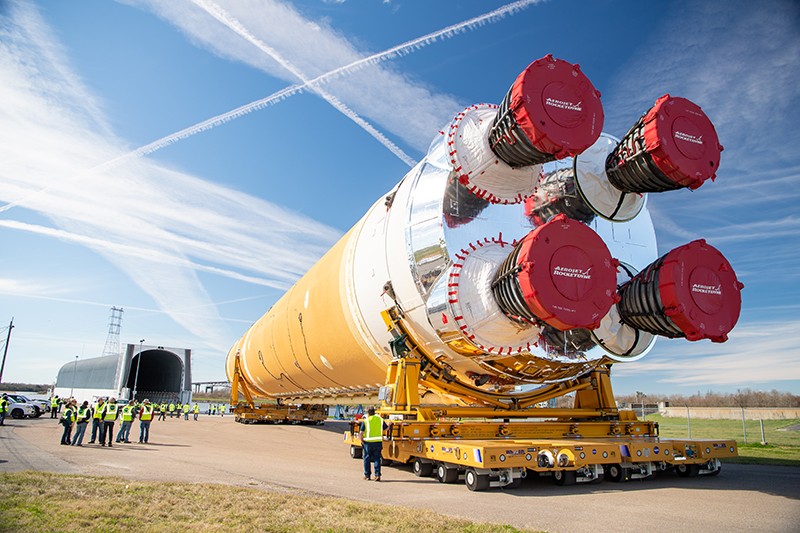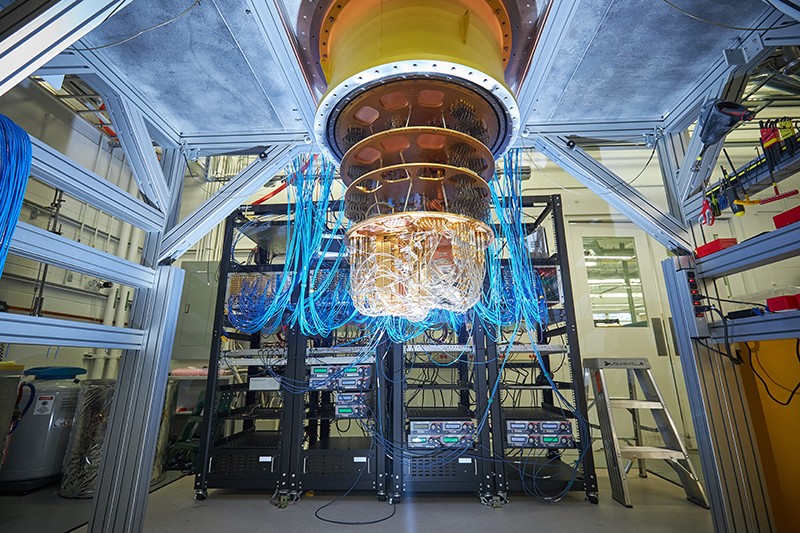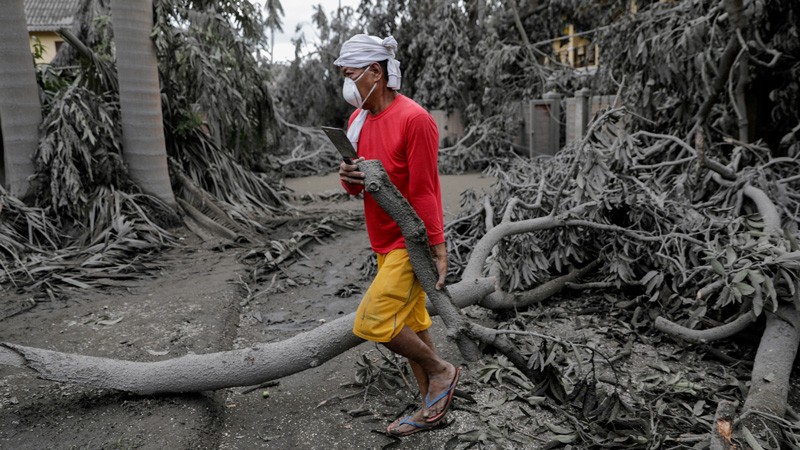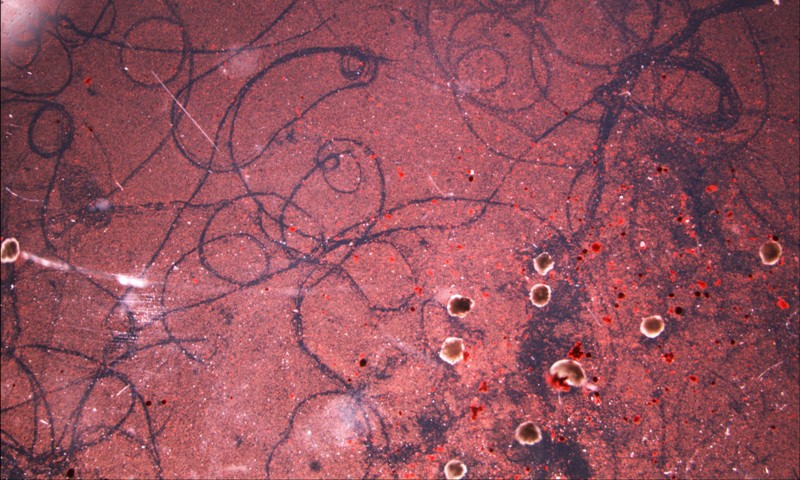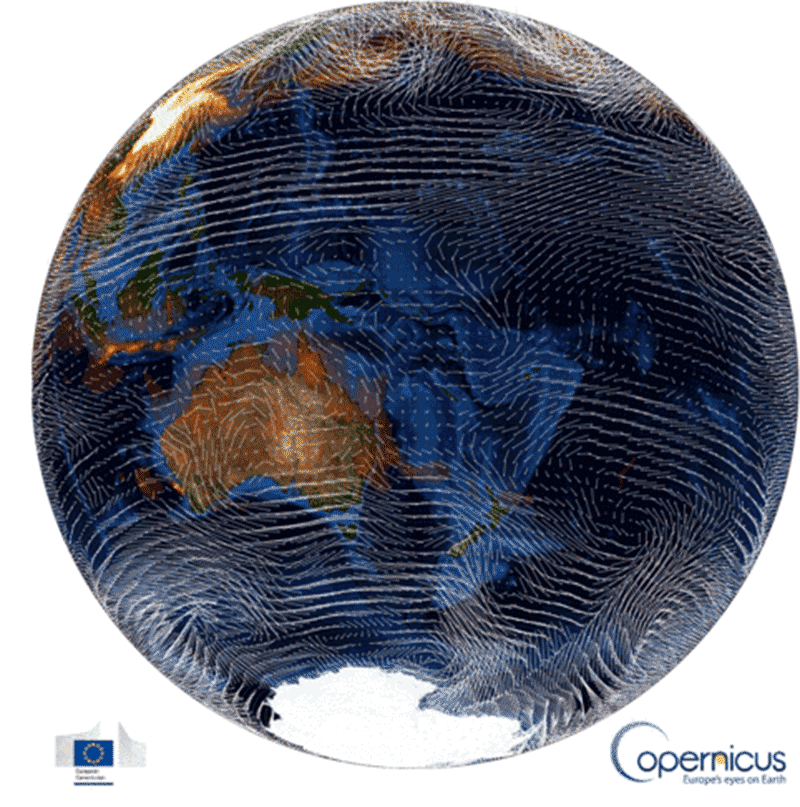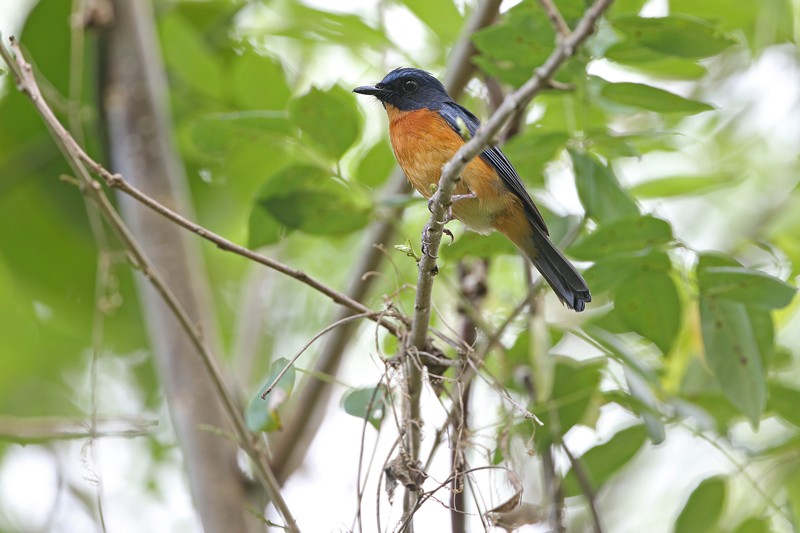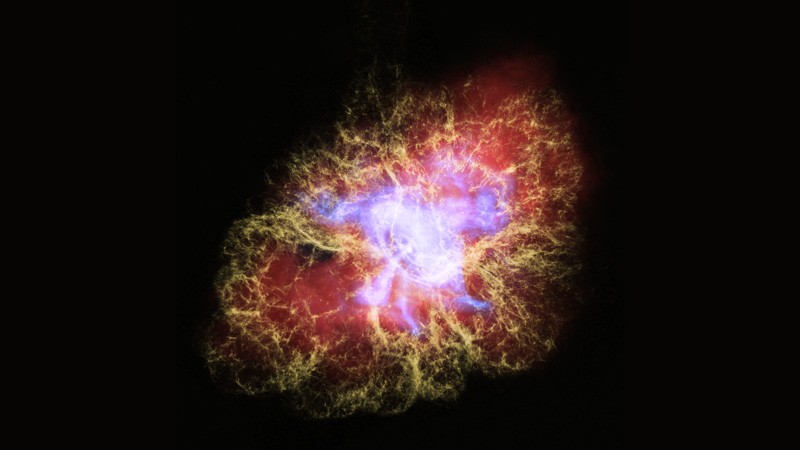What lies beneath. This picture shows the underside of an iceberg in Greenland’s Tasiilaq Fjord, illuminated by lights carried by a diver. Underwater photographer Tobias Friedrich took the image, which won second place in the ‘coldwater’ category in the Underwater Photography Guide’s annual Ocean Art Underwater Photo Competition.
Mega-rocket. The completed core section of NASA’s massive Space Launch System (SLS) rocket — the most powerful rocket the agency has ever built — left its factory in New Orleans, Louisiana, on 8 January. It will be taken by boat to the Stennis Space Center near Bay St Louis in Mississippi, where it will undergo testing. SLS is the first deep-space rocket since Saturn V, which sent the first astronauts to the Moon. The 65-metre-long core stage will store the 2.7 million litres of liquid hydrogen and oxygen needed to fuel the engines. NASA is developing the rocket as part of its Artemis programme, which aims to land the first woman and next man on the Moon by 2024.
Quantum cool. Google’s Sycamore quantum processor made headlines last year when scientists said they had achieved ‘quantum supremacy’ — carrying out a calculation that would be near-impossible to do over a reasonable timescale using a classical supercomputer. This shot offers a glimpse into the complicated set-up required to keep Sycamore cool. The processor is installed at the base of a ‘dilution refrigerator’ — a device that can be cooled to extremely low temperatures — alongside filters, amplifiers and cables that run all the way up to room temperature. Blue cables connect the cooled processor to racks of room-temperature electronics that control and read out the qubits, the quantum versions of classical bits.
Volcanic ash. Parts of the Philippines were left coated in ash after the country’s Taal volcano began spewing lava and ejected a giant plume of rock fragments into the sky on 12 January. Researchers have been monitoring the volcano closely since then for signs of a major eruption. Here, a worker clears a fallen branch in a resort in the town of Talisay, Batangas, which is a few kilometres away from the volcano. Taal has erupted about 30 times since the sixteenth century.
It’s alive. These trails were made by what scientists dubbed the first ever ‘living robots’, as they meander through a field of particulate matter. Researchers engineered the tiny devices, which are less than 1 millimetre long, by sculpting skin and heart cells taken from Xenopus frog embryos into shapes that were designed using a supercomputer. The heart cells contract, allowing the robots to crawl along. The devices can also heal themselves when damaged, and disintegrate at the end of their life like other living tissues. The researchers suggest that living robots like this could one day be used for drug delivery or to heal the environment.
Pollution patterns. This swirling heat map shows levels of carbon monoxide in the troposphere released by wildfires in Australia between 15 December and 2 January. The country is experiencing a record fire season, and out-of-control blazes — particularly in the eastern states of Queensland, New South Wales and Victoria — have killed dozens of people, destroyed thousands of homes and caused widespread environmental devastation. The measurements were made by the Copernicus Atmosphere Monitoring Service, part of the Earth observation programme run by the European Commission.
Fantails and flycatchers. Scientists described five new species of songbird, along with five new subspecies, in January. They were found on the Indonesian Islands of Taliabu, Peleng and Batudaka during a six-week expedition off the coast of Sulawesi. The research team, led by Frank Rheindt at National University of Singapore, searched for new species on these islands because of their geographical isolation. The scientists also studied notes from previous explorers, including the naturalist Alfred Russel Wallace. The species they described are the Peleng fantail, the Peleng leaf warbler, the Taliabu grasshopper warbler, the Taliabu myzomela and the Taliabu leaf warbler. The subspecies are the Togian jungle flycatcher (pictured), the Banggai mountain leaftoiler, the Taliabu snowy-browed flycatcher, the Taliabu island thrush and the Sula mountain leaftoiler.
Stellar remains. This image of the crab nebula — the remnants of an exploded star around 6,500 light years away from Earth — was taken by combining several wavelengths of light: visible light from the Hubble Space Telescope (shown in yellow), X-rays from the Chandra X-ray Observatory (blue) and infrared detected by the Spitzer Space Telescope. NASA retired the Spitzer telescope on 30 January and switched it to ‘safe mode’, ceasing scientific operations and ending its 16-year mission.
